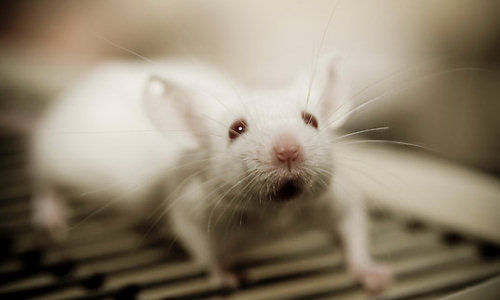Get ready: The “new genetics” promises to change faulty genes of future generations by introducing new, functioning genes using “designer sperm.”
A new research report appearing online in The FASEB Journal, shows that introducing new genetic material via a viral vector into the sperm of mice leads to the presence and activity of those genes in the resulting embryos. This new genetic material is actually inherited, present and functioning through three generations of the mice tested. This discovery — if successful in humans — could lead to a new frontier in genetic medicine in which diseases and disorders are effectively cured, and new human attributes, such as organ regeneration, may be possible.
“Transgenic technology is a most important tool for researching all kinds of disease in humans and animals, and for understanding crucial problems in biology,” said Anil Chandrashekran, Ph.D., study author from the Department of Veterinary Clinical Sciences at The Royal Veterinary College in North Mimms, United Kingdom.
To achieve these results, Chandrashekran and colleagues used lentiviruses to generate transgenic animals via the male germ line. When pseudotyped lentiviral vectors encoding green fluorescent protein (GFP) were incubated with mouse spermatozoa, these sperm were highly successful in producing transgenics. Lentivirally-transduced mouse spermatozoa were used in in vitro fertilization studies and when followed by embryo transfer, at least 42 percent of founders were transgenic for GFP. GFP expression was detected in a wide range of murine tissues, including testis and the transgene was stably transmitted to a third generation of transgenic animals.
“Using modified sperm to insert genetic material has the potential to be a major breakthrough not only in future research, but also in human medicine,” said Gerald Weissmann, M.D., Editor-in-Chief of The FASEB Journal. “It facilitates the development of transgenic animal models, and may lead to therapeutic benefits for people as well. For years we have chased effective gene therapies and have hit numerous speed bumps and dead ends. If we are able to able to alter sperm to improve the health of future generations, it would completely change our notions of ‘preventative medicine.'”
Story Source:
The above story is based on materials provided by Federation of American Societies for Experimental Biology, via EurekAlert!





